“ABB 3BSE008514R1 – Spare parts in stock” has been added to your cart. View cart

ABB PM876-1 3BDH000707R1 Controller
$9,994.00 Original price was: $9,994.00.$9,574.00Current price is: $9,574.00.个

ABB 1MRK0023505-AA Transformer Differential Protection Relay
$8,844.00 Original price was: $8,844.00.$8,237.00Current price is: $8,237.00.个
ABB PPD117A3011 3BHE030410R3011 Excitation Controller Module
$6,848.00 Original price was: $6,848.00.$6,747.00Current price is: $6,747.00.个
ABB PPD117A3011 (order number: 3BHE030410R3011) is a high-precision and high reliability excitation controller module designed for synchronous generators, belonging to ABB’s well-known excitation system product series. As the core control unit of the generator excitation system, its core function is to achieve stable control of the generator output voltage and reactive power by accurately adjusting the excitation current of the generator excitation winding. At the same time, it has complete fault protection and fault tolerance capabilities, ensuring that the generator can operate safely and efficiently under various operating conditions (such as grid connection, isolated grid, load fluctuations, etc.).
Category: ABB
Tag: PPD117A3011 3BHE030410R3011
Description
ABB PPD117A3011 3BHE030410R3011 Excitation Controller Module
Product Overview
ABB PPD117A3011 (order number: 3BHE030410R3011) is a high-precision and high reliability excitation controller module designed for synchronous generators, belonging to ABB’s well-known excitation system product series. As the core control unit of the generator excitation system, its core function is to achieve stable control of the generator output voltage and reactive power by accurately adjusting the excitation current of the generator excitation winding. At the same time, it has complete fault protection and fault tolerance capabilities, ensuring that the generator can operate safely and efficiently under various operating conditions (such as grid connection, isolated grid, load fluctuations, etc.).
This module integrates ABB’s core technologies in the fields of power electronics and automatic control, using digital signal processing chips and modular hardware design. It has the characteristics of high control accuracy, fast response speed, strong anti-interference ability, and convenient operation and maintenance. It is widely used in scenarios such as thermal power generation, hydropower generation, gas power generation, diesel power generation, and new energy supporting power generation. It is a key equipment to ensure the stable operation of generators and the power quality of power systems.
Core functions and control features
1. Core control functions
-Voltage regulation and stability control: PID+adaptive control algorithm is adopted to collect real-time voltage signals at the generator terminal, compare and calculate them with the set value, and accurately adjust the output of the excitation power unit to stabilize the generator terminal voltage within the set range. The voltage regulation accuracy can reach ± 0.2% of the rated voltage, effectively resisting the influence of load fluctuations, grid disturbances and other factors on voltage, and ensuring power quality.
-Reactive power regulation function: Supports constant reactive power control mode, which can set the reactive power output value of the generator according to the power grid dispatch requirements or operating conditions. By adjusting the excitation current, precise allocation and stable control of reactive power can be achieved, avoiding voltage instability caused by reactive power fluctuations and improving the reliability of power grid operation.
-Excitation limit and protection function: Built in multiple protection logics such as over excitation limit, under excitation limit, excitation current quick break protection, excitation circuit overload protection, etc. When the excitation system or generator operating parameters exceed the safe range, the limit or protection action can be quickly triggered to prevent faults such as excitation winding overheating and generator core magnetic saturation, ensuring equipment safety.
-Working condition switching and fault-tolerant control: supports seamless switching of multiple control modes such as constant voltage, constant reactive power, and constant excitation current, meeting the needs of different working conditions such as generator start-up, grid connection, load adjustment, and shutdown; Some models have dual redundant control channels, which can automatically switch to the backup channel when the main control channel fails, ensuring uninterrupted excitation control and improving system reliability.
2. Additional practical features
-Digital communication and monitoring capabilities: Supports mainstream industrial communication protocols such as IEC 61850, Modbus RTU/TCP, Profibus, etc., and can seamlessly integrate into power plant distributed control systems (DCS) or grid dispatch systems to achieve remote acquisition of excitation controller operating parameters (such as excitation current, excitation voltage, generator voltage, etc.), remote switching of control modes, and remote modification of fixed values, facilitating centralized monitoring and intelligent operation and maintenance.
-Fault diagnosis and recording function: With complete fault self diagnosis capability, it can monitor the internal circuit, input and output signals, communication status, etc. of the module in real time. When a fault occurs, it can quickly locate the fault type and issue an alarm signal; Simultaneously equipped with fault recording function, it can store key operating parameters and event information before and after the occurrence of faults, providing important basis for fault analysis and troubleshooting.
-Flexible parameter configuration and adaptation capability: equipped with a Chinese LCD operating interface and physical buttons, supporting flexible configuration of control settings, protection thresholds, control logic, communication parameters, etc. on site; Simultaneously compatible with synchronous generators of different capacities and types (such as steam turbine generators, hydro generators), and can be adapted to different excitation power units (such as thyristor rectification, IGBT rectification, etc.) through parameter adjustment.
-Strong anti-interference and environmental adaptability: adopting anti-interference design such as optoelectronic isolation and electromagnetic shielding, the electromagnetic compatibility performance meets the IEC 61000 series standards, and can effectively resist strong electromagnetic radiation, voltage surges, high-frequency interference, etc. on the power plant site; The core components adopt industrial grade high stability products to ensure stable operation of the module in complex environments such as wide temperature and high humidity.
Key technical parameters
Power parameters
Working power supply: 220V DC ± 15% or 110V DC ± 15%; Power consumption: ≤ 20W
Adapt to commonly used DC operating power sources in power plants, with strong adaptability to voltage fluctuations, ensuring stable power supply
input signal
Voltage input: 0~100V AC (generator terminal voltage); Current input: 0~5A AC (excitation current, generator current); Analog input: 4~20mA DC (external control signal)
Compatible with mainstream transformer output signals and external control signals in power plants, meeting multi scenario control requirements
output signal
Analog output: 4~20mA DC (control excitation power unit); Switching output: 8 channels (normally open/normally closed optional, used for alarm and trip)
It can directly drive the excitation power unit, and the switch output meets the requirements of alarm and protection action triggering
control accuracy
Voltage regulation accuracy: ± 0.2% rated voltage; Reactive power regulation accuracy: ± 1% rated reactive power
High precision control capability effectively ensures the quality of power output from the generator
response time
Voltage step response time: ≤ 100ms; fault protection response time: ≤ 20ms
Quickly respond to power grid disturbances and fault signals to ensure system stability and equipment safety
communication interface
1 Ethernet interface (supporting IEC 61850); 2-channel RS485 interface (supporting Modbus RTU)
Support seamless integration with DCS systems and monitoring equipment, enabling data exchange and remote control
working environment
Temperature: -10 ℃~+60 ℃; Humidity: 5%~95% (no condensation); Protection level: IP20 (module body)
Adapt to various installation environments such as power plant control rooms and excitation cabinets, and withstand a wide temperature and humidity range
Installation method
35mm standard DIN rail installation or panel embedded installation
Standardized installation requirements for excitation cabinets in power plants, facilitating integration and maintenance
Typical application scenarios
The excitation controller module plays a core role in various power generation scenarios with its stable control performance, flexible adaptability, and comprehensive protection functions. Typical applications include:
1. Thermal power generation and hydropower generation: used for excitation control of steam turbine generators and hydro generators. It accurately controls the generator voltage and reactive power during unit start-up, grid connection, load adjustment, load shedding, and other working conditions to ensure stable operation of the unit. At the same time, it cooperates with the power plant DCS system to achieve remote monitoring and scheduling.
2. Gas power generation and distributed energy: In gas turbine generators and distributed energy station generators, in response to the fast start stop speed and frequent load fluctuations of gas power generation, fast response excitation control is used to ensure the quality of the generator’s output power and meet the needs of grid connected or isolated operation.
3. Diesel power generation and emergency power supply: In the emergency power supply system of diesel generators, when the power grid is cut off, the excitation controller responds quickly to ensure that the generator quickly establishes a stable voltage and provides reliable power supply for emergency loads (such as hospitals, data centers, and key industrial equipment).
4. New energy supporting power generation: In wind and photovoltaic supporting energy storage power stations or backup generators, it is used to control the excitation system of synchronous generators, achieve the coordinated operation of new energy power and traditional power generation, and improve the stability and reliability of the power supply system.
5. Industrial self owned power plants: In the self owned power plants of large industrial enterprises such as steel, chemical, metallurgical, etc., the excitation system of the internal generators of the enterprise is controlled to ensure that the generators provide stable power supply for enterprise production and reduce dependence on external power grids.
Installation and maintenance precautions
1. Installation specifications
-The module should be installed in an excitation control cabinet with good ventilation, no severe vibration, no corrosive gases, and no strong electromagnetic radiation, avoiding direct sunlight and rainwater immersion. The ambient temperature and humidity should meet the requirements of the product’s working range, and the cabinet should have good heat dissipation capability.
-Strictly distinguish between strong current circuits (such as power circuits) and weak current circuits (such as signal input/output circuits, communication circuits) according to the wiring diagram, separate the wiring and maintain a safe distance (recommended ≥ 100mm) to avoid strong current interference causing a decrease in module control accuracy or misoperation.
-When wiring the voltage input and current input circuits, it is necessary to ensure that the polarity of the transformer is correct to avoid distortion of module measurement data due to wiring errors; The wiring terminals should be securely fastened, especially for high current circuits, to prevent poor contact from generating heat or sparks.
-The module grounding should comply with the grounding specifications of the power plant, using dedicated grounding terminals for grounding. The grounding resistance should be ≤ 4 Ω to ensure reliable grounding in case of faults, enhance the anti-interference ability of the module, and improve the personal safety of operators.
2. Maintenance points
-During daily inspections, focus on checking whether the parameters displayed on the module LCD screen (such as generator voltage, excitation current, control mode, etc.) are normal, and whether the panel indicator lights have no abnormal alarms to ensure stable module operation.
-Clean and maintain the module once a quarter, wipe the dust on the surface of the module and the wiring terminals with a dry soft cloth, check whether the wiring terminals are loose, and tighten them in a timely manner to avoid poor contact and faults.
-Perform parameter verification and functional testing on the module every six months to one year, including control setting verification, control mode switching testing, protection function linkage testing, etc., to ensure that the module’s control logic and protection threshold meet operational requirements.
-Regularly check the communication status between the module, excitation power unit, and DCS system to ensure normal data exchange; After a fault occurs, promptly export the fault records stored in the module, assist technical personnel in analyzing the cause of the fault, and develop solutions.
-When a module fails, the excitation system should be immediately switched to standby control mode (such as manual excitation), and professional technicians should be contacted for maintenance. Non professionals are prohibited from disassembling the module or modifying key parameters on their own.
Additional information
| Weight | 4 lbs |
|---|---|
| Dimensions | 378 × 488 × 473 in |
Reviews (0)
Be the first to review “ABB PPD117A3011 3BHE030410R3011 Excitation Controller Module” Cancel reply
Shipping and Delivery


MAECENAS IACULIS
Vestibulum curae torquent diam diam commodo parturient penatibus nunc dui adipiscing convallis bulum parturient suspendisse parturient a.Parturient in parturient scelerisque nibh lectus quam a natoque adipiscing a vestibulum hendrerit et pharetra fames nunc natoque dui.
ADIPISCING CONVALLIS BULUM
- Vestibulum penatibus nunc dui adipiscing convallis bulum parturient suspendisse.
- Abitur parturient praesent lectus quam a natoque adipiscing a vestibulum hendre.
- Diam parturient dictumst parturient scelerisque nibh lectus.
Scelerisque adipiscing bibendum sem vestibulum et in a a a purus lectus faucibus lobortis tincidunt purus lectus nisl class eros.Condimentum a et ullamcorper dictumst mus et tristique elementum nam inceptos hac parturient scelerisque vestibulum amet elit ut volutpat.



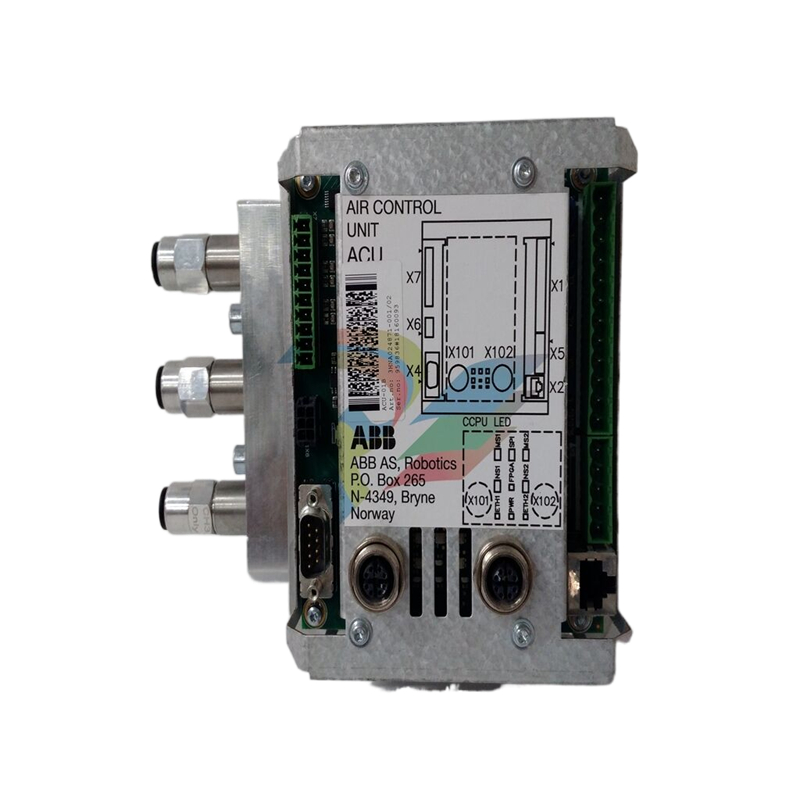

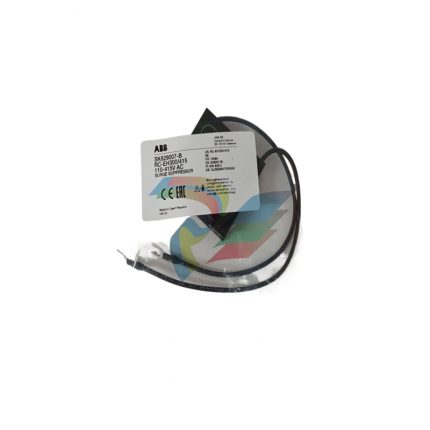

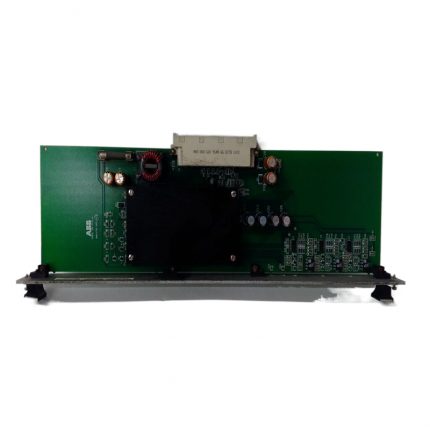
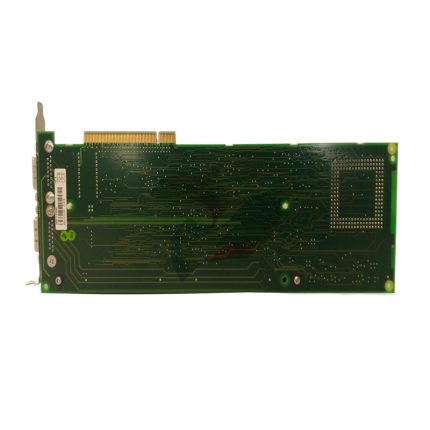


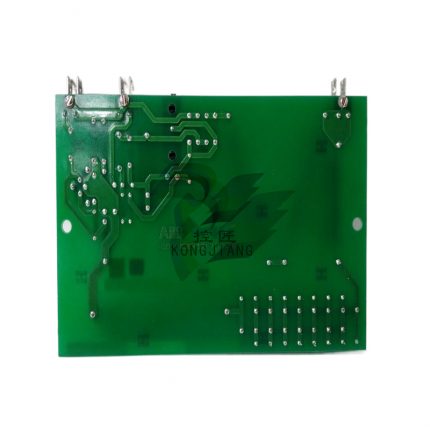
Reviews
There are no reviews yet.